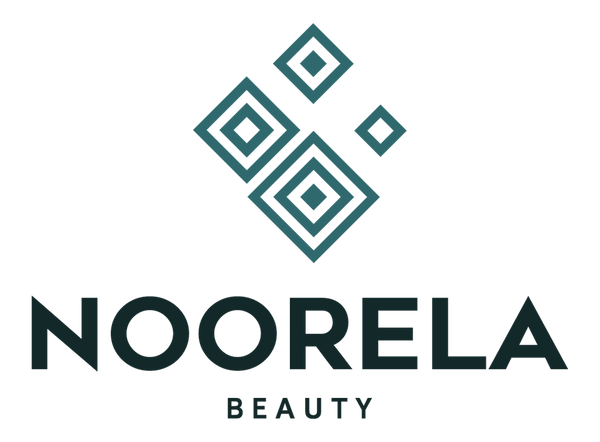
The Practical Guide to Choosing the Right Foundation Brush for Full Coverage
Ever found yourself standing in the beauty aisle, staring at dozens of tools, and thinking, “What foundation brush is best for full coverage?” You’re not alone. Navigating brush shapes, bristle types, and handle designs can feel overwhelming. Let’s cut the fluff and get straight to what matters: picking the right tool, understanding what foundation brush to use, and knowing what the foundation brush look like so you don’t waste time or money.
Why Full Coverage Needs a Specific Brush
A light dusting of tinted moisturizer? Sure, any sponge or finger will work. But if you’re aiming for a flawless, photo-ready base, you need to be precise. So, what foundation brush is best for full coverage? Generally, it’s one with:
- Dense bristles to pack pigment without streaks
- A rounded or flat top depending on your blending style
- Synthetic fibers that don’t absorb all the product
With these features, you get even coverage, less product waste, and a smooth finish. Now, let’s dive into what foundation brush to use for different routines.
Flat Paddle vs. Buffing Dome: What Foundation Brush to Use
When you ask what foundation brush to use, you essentially have two top contenders:
1. Flat Paddle Brush
What it looks like: A thin, flat head with straight-cut bristles—this is exactly what a foundation brush look like on a palette knife.
-
Pros:
-
Great control for precise application around the nose and under the eyes
-
Allows layering for medium to full coverage
-
-
Cons:
-
Can leave streaks if you don’t blend carefully
-
Requires more effort to buff out edges
-
If you want to sculpt your coverage and really deposit product where you need it, a flat paddle answers what foundation brush is best for full coverage in a straightforward way.
2. Dense Buffing Brush
What it looks like: A short handle with densely packed, domed bristles. This is another common answer to which foundation brush is best for that all-over smooth finish.
-
Pros:
-
Buffs foundation into skin seamlessly
-
Prevents streaks and patches
-
-
Cons:
-
Slightly more product absorption
-
Can feel heavy if you rush
-
For most busy mornings, this buffing style is our top pick for what foundation brush is best for full coverage, especially if you need an airbrushed look quick.
How to Tell Which Foundation Brush Is Best for Your Skin Type
Beyond shape, your skin texture matters when choosing what foundation brush to use:
- Oily skin: Go for a buffing brush with synthetic bristles—these help control shine and pack on pigment without going patchy.
- Dry skin: A softer flat brush can layer hydrating formulas gently without dragging.
- Combination skin: Consider a hybrid approach: paddle for dry patches, buffing brush for oily zones.
Knowing which foundation brush is best for your skin type means fewer clogs, smoother edges, and a finish that lasts.
Steps to Applying for Full Coverage
Once you’ve picked what foundation brush to use, here’s a simple routine:
-
Prime your skin with a hydrating or mattifying primer—depending on your needs.
-
Dot foundation on your forehead, cheeks, nose, and chin.
-
Buff or sweep:
-
With a buffing brush, use circular motions from the center outward.
-
With a flat brush, use light downward strokes, then blend edges in small circles.
-
-
Build coverage by repeating in thin layers—this avoids a cakey finish even if you asked what foundation brush is best for full coverage.
-
Check in natural light and touch up any missed spots.
This answers both what foundation brush to use and what foundation brush is best for full coverage in a real—no-fuss—routine.
Common Mistakes and Fixes
Even with the perfect brush, you can slip up. Here are pitfalls when thinking about what foundation brush to use:
- Overloading the brush: Too much product leads to streaks. Always dab excess off on the back of your hand.
- Skipping blending: Don’t just swipe—buff that edge! This is crucial if you want to know what foundation brush is best at creating a seamless look.
- Ignoring upkeep: A dirty brush won’t deliver. Clean it at least once a week to maintain shape and performance.
Caring for Your Tools
To keep answering what foundation brush is best over the long haul, care for your brush properly:
- Wash weekly with gentle soap and lukewarm water, focusing on the bristles, not the ferrule.
- Reshape bristles after rinsing, then lay flat to dry with heads hanging off a counter edge.
- Store upright in a clean cup or a ventilated makeup brush bag to avoid bacteria build-up.
Final Takeaway
At the end of the day, what foundation brush is best comes down to your style and needs. If you want paint-by-numbers control, the flat paddle is your go-to. If you’re after speed and a streak-free finish, the dense buffing brush wins. Understanding what foundation brush to use, how a foundation brush look like, and exactly which foundation brush is best for full coverage lets you pick and use your tool like a pro—no confusing jargon required. Now go give your base the brush it deserves!
